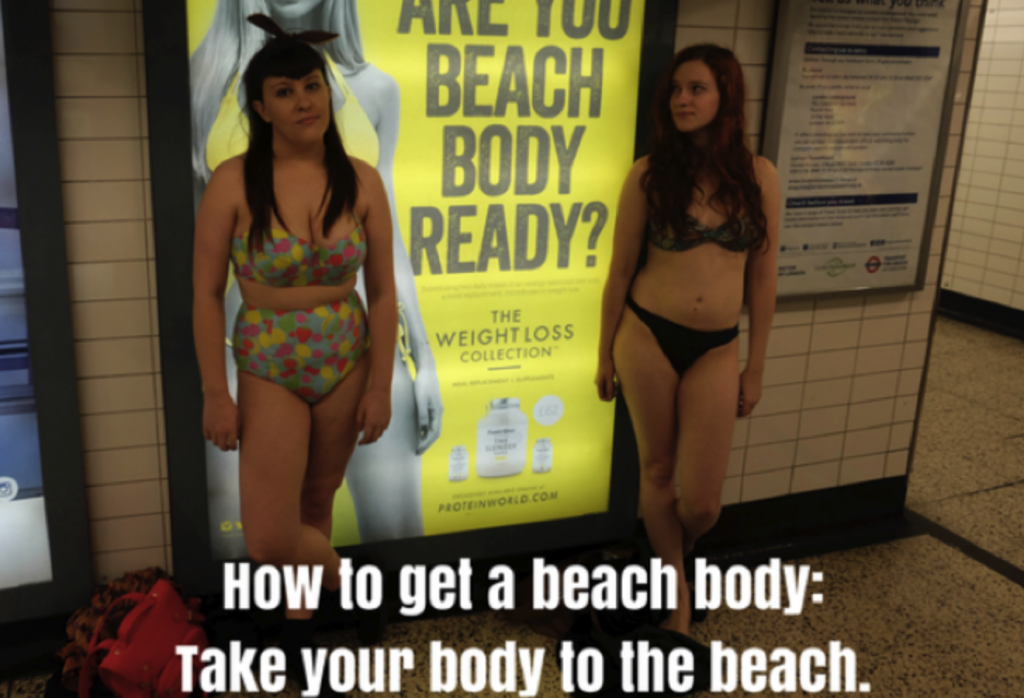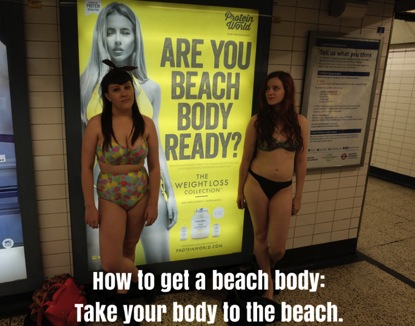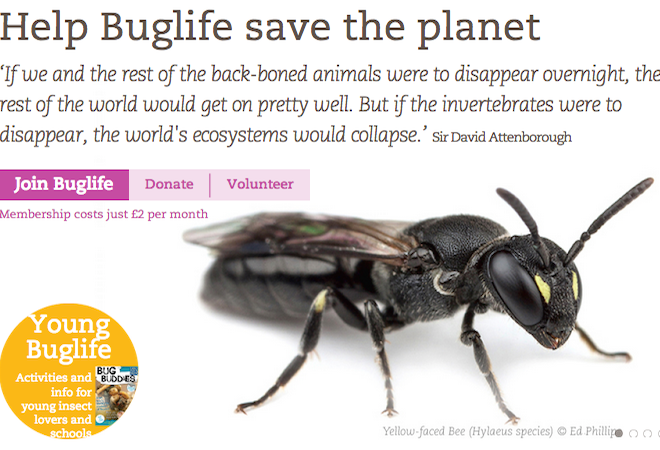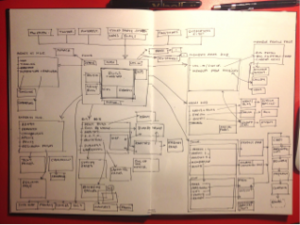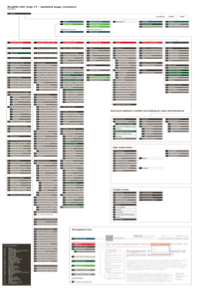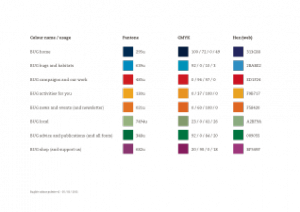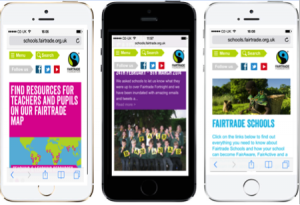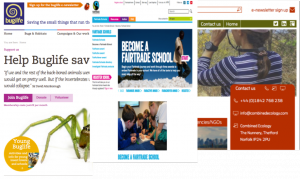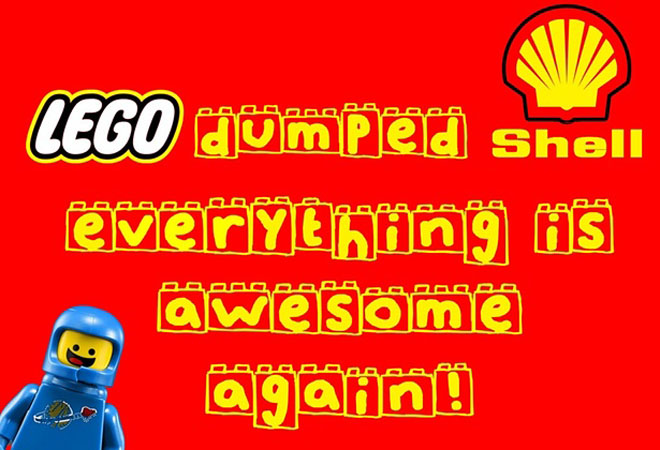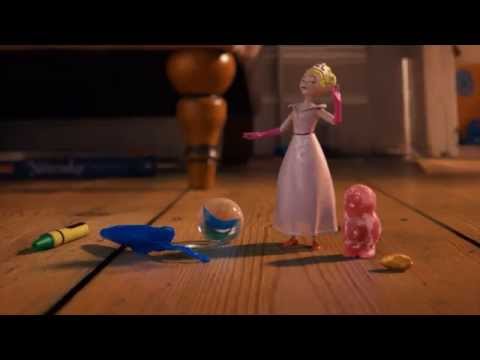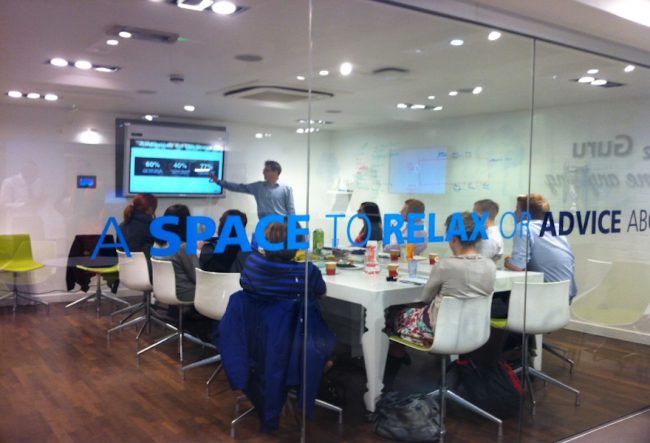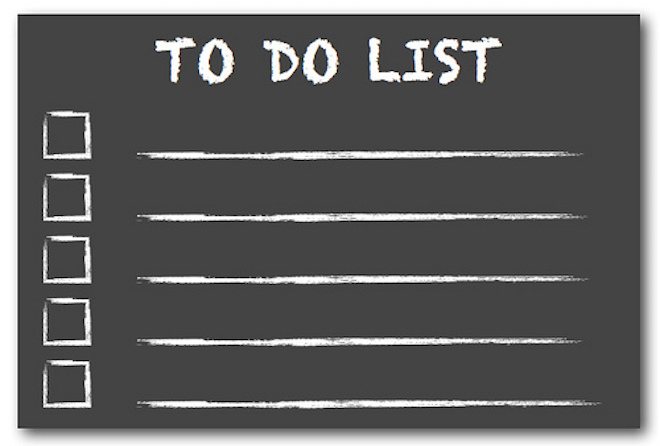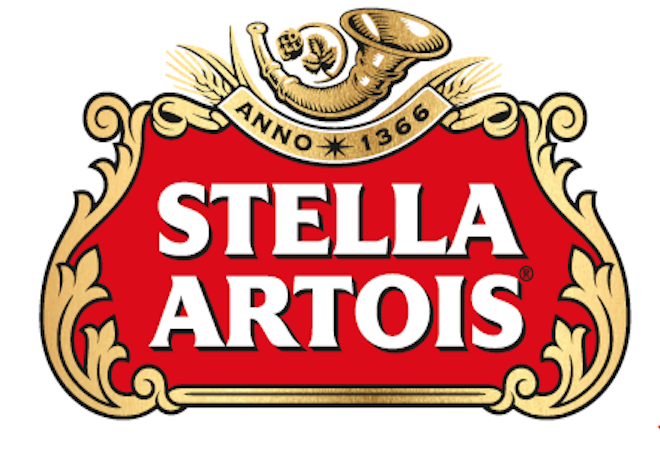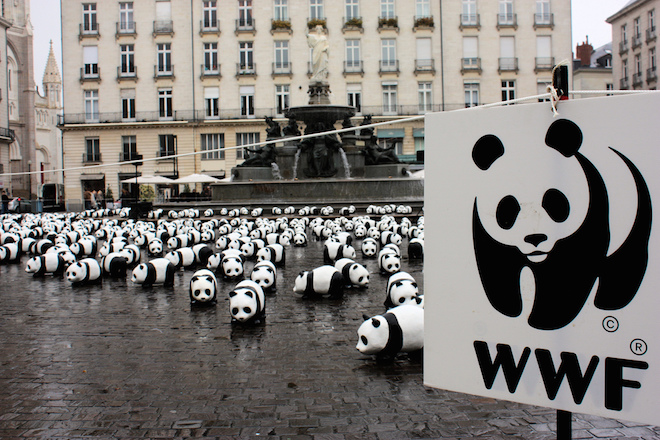
As WWF, one of the world’s most recognised and trusted environmental organisations, celebrates its half-century we look back at its marketing successes. 
Great marketing and campaigns have helped define WWF’s place in the 21st century from the early 60’s, moving sustainability from the fringes to the mainstream of public debate. In 1961 when WWF was formed the Daily Mirror published a front page about the dire situation facing endangered species, bringing the charities work to the public’s attention for the first time.
More recently Earth Hour has become an annual event, launching in 2007 in Sydney (2.2 million participants and more than 2,000 businesses turned their lights off for one hour to take a stand against climate change). A year later, it became a global movement with over 50 million people across 35 countries participating. Landmarks such as the Sydney Harbour Bridge, Golden Gate Bridge in San Francisco, and Rome’s Colosseum, all stood in darkness.
In 2007 British endurance swimmer and WWF ambassador Lewis Pugh became the first person to swim at the North Pole in order to highlight the rapid melting of the Arctic sea ice and to urge UK carbon emissions targets to be improved. It was a serious stunt to highlight a serious issue, as Pugh braved temperatures of minus -1.8ºC the coldest waters ever swum by a human.
In 2009 the Pandamonium exhibition saw the iconic image of the WWF panda transformed in a fresh contemporary twist. The familiar panda collection boxes were retired in 2007 but had a second life as artists and designers including Sir Peter Blake, Tracey Emin and Paul Smith turned them into unique art pieces on the theme of climate change. The pieces were then auctioned at Selfridges.
WWF’s web and social media involve the public in huge variety of issues. The 135,000 unique users each month prove that the Panda’s appeal is enduring. Simple and accessible, ‘The Panda Made Me Do It’ site offers the chance for individuals and organisations to choose activities from adopting, sponsoring, signing petitions, campaigning and taking part in the Blue Mile and then sharing their experiences via Facebook and Twitter.
With the One Planet Olympics, WWF teamed up with the organisers of London 2012 Olympics to promote global awareness of sustainability. WWF enters its 51st year helping deliver a sustainable 2012 Olympic games – minimising their impact on the planet. Well done to Team Panda for a good first innings.
As WWF, one of the world’s most recognised and trusted environmental organisations, celebrates its half-century we look back at its marketing successes. Great marketing and campaigns have helped define WWF’s place in the 21st century from the early 60’s, moving sustainability from the fringes to the mainstream of public debate. In 1961 when WWF was formed the Daily Mirror published a front page about the dire situation facing endangered species, bringing the charities work to the public’s attention for the first time.
More recently Earth Hour has become an annual event, launching in 2007 in Sydney (2.2 million participants and more than 2,000 businesses turned their lights off for one hour to take a stand against climate change). A year later, it became a global movement with over 50 million people across 35 countries participating. Landmarks such as the Sydney Harbour Bridge, Golden Gate Bridge in San Francisco, and Rome’s Colosseum, all stood in darkness.
In 2007 British endurance swimmer and WWF ambassador Lewis Pugh became the first person to swim at the North Pole in order to highlight the rapid melting of the Arctic sea ice and to urge UK carbon emissions targets to be improved. It was a serious stunt to highlight a serious issue, as Pugh braved temperatures of minus -1.8ºC the coldest waters ever swum by a human.
In 2009 the Pandamonium exhibition saw the iconic image of the WWF panda transformed in a fresh contemporary twist. The familiar panda collection boxes were retired in 2007 but had a second life as artists and designers including Sir Peter Blake, Tracey Emin and Paul Smith turned them into unique art pieces on the theme of climate change. The pieces were then auctioned at Selfridges.
WWF’s web and social media involve the public in huge variety of issues. The 135,000 unique users each month prove that the Panda’s appeal is enduring. Simple and accessible, ‘The Panda Made Me Do It’ site offers the chance for individuals and organisations to choose activities from adopting, sponsoring, signing petitions, campaigning and taking part in the Blue Mile and then sharing their experiences via Facebook and Twitter.
With the One Planet Olympics, WWF teamed up with the organisers of London 2012 Olympics to promote global awareness of sustainability. WWF enters its 51st year helping deliver a sustainable 2012 Olympic games – minimising their impact on the planet. Well done to Team Panda for a good first innings.
